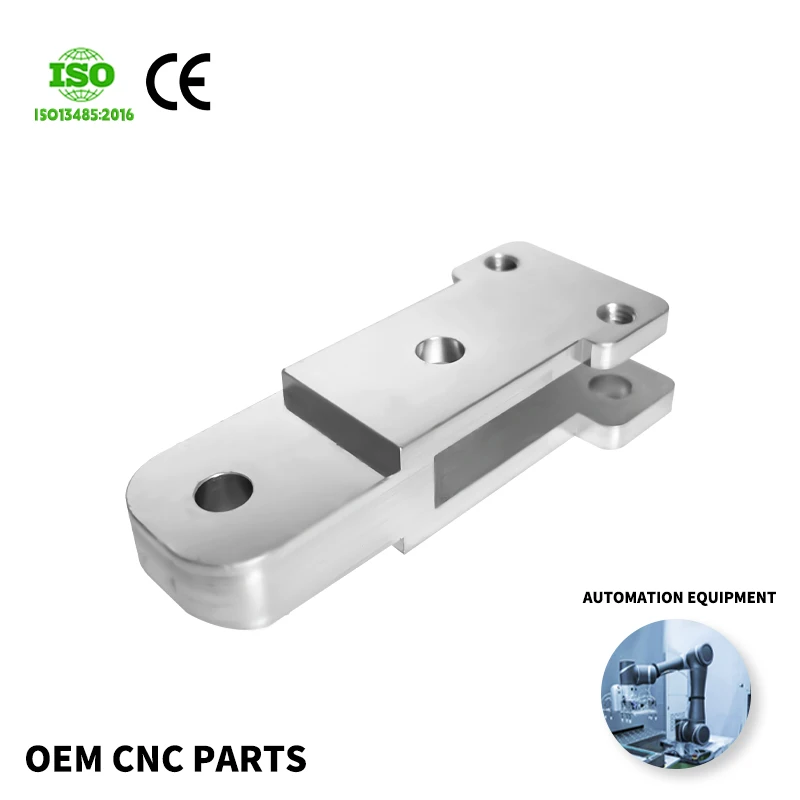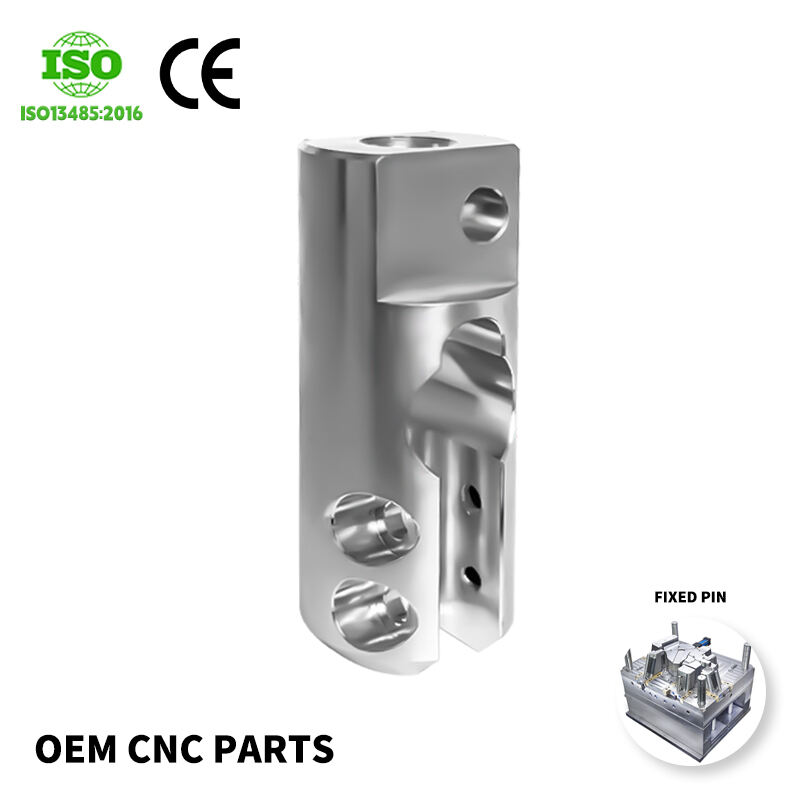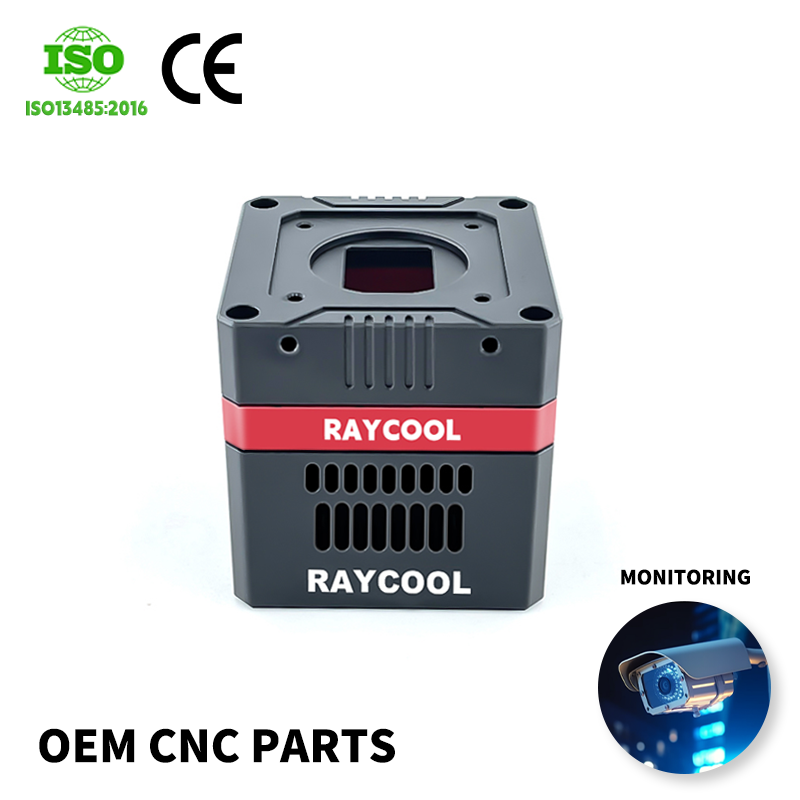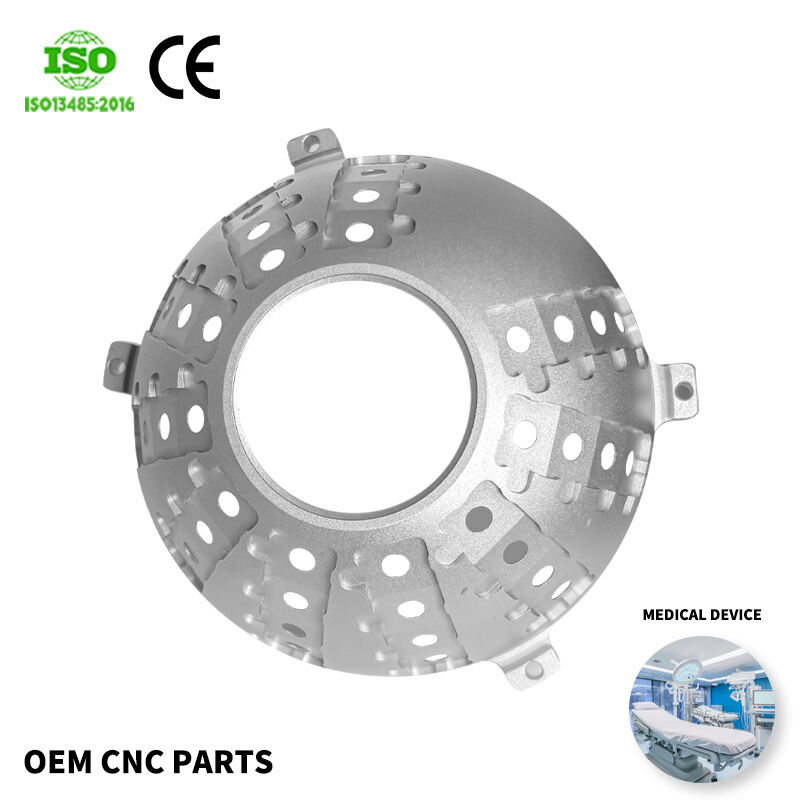sheet metal stamping parts
Sheet metal stamping parts represent a cornerstone of modern manufacturing, offering a versatile and efficient solution for producing complex metal components. This precision-driven process involves transforming flat metal sheets into specific shapes through mechanical deformation, utilizing specialized tools and dies. The technology encompasses various techniques including punching, bending, stretching, and deep drawing, enabling the creation of both simple and intricate parts with exceptional accuracy. These components are integral to numerous industries, from automotive and aerospace to electronics and home appliances. The process stands out for its ability to maintain tight tolerances while facilitating high-volume production runs, ensuring consistency across thousands of identical parts. Modern sheet metal stamping incorporates advanced automation and computer-controlled systems, allowing for precise control over force application and material flow. This technological integration results in minimal material waste, reduced production costs, and enhanced quality control. The versatility of sheet metal stamping extends to various materials, including steel, aluminum, copper, and brass, with thickness ranges from thin foils to substantial sheets. The process accommodates both progressive die stamping for complex parts and single-stage operations for simpler components, making it adaptable to diverse manufacturing requirements.








